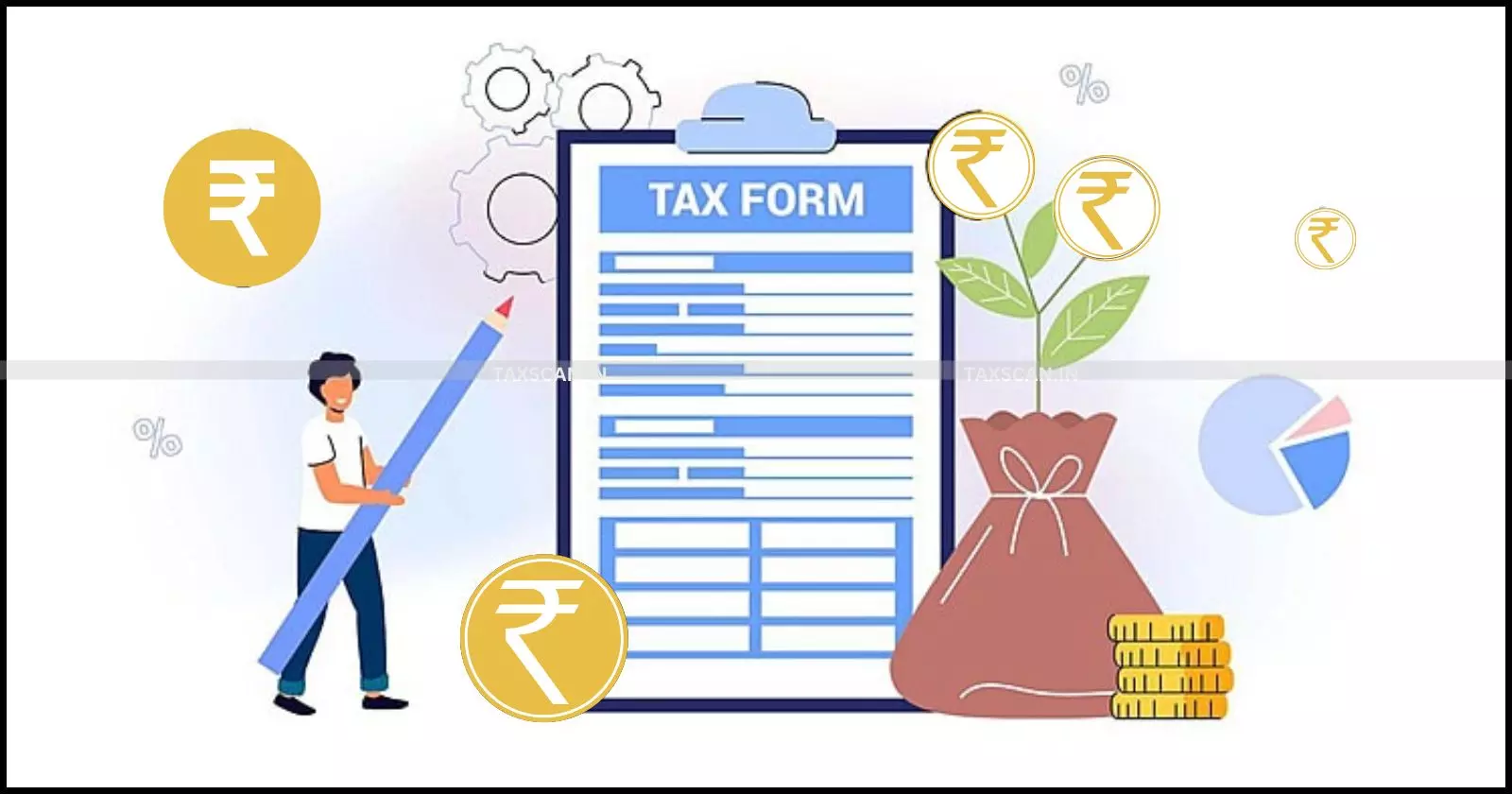Income Tax Forms, Rules to be Ready by Jan: CBDT Chairman
ITR Forms and Rules under the New Income Tax Act, 2025 to be Notified by January, says CBDT Chairman

CBDT
CBDT
The Central Board of Direct Taxes ( CBDT ) will notify the Income Tax Return ( ITR ) forms and related rules under the newly enacted Income Tax Act, 2025 by January, giving taxpayers and businesses a clear runway to update internal systems before the legislation comes into force from April 1, 2026.
CBDT Chairman Ravi Agrawal made the announcement on Monday after inaugurating the Taxpayers’ Lounge at the India International Trade Fair (IITF).
Mr. Agrawal stated that the overarching objective behind the new return formats is simplification and ease of compliance. The new Income Tax Act, passed by Parliament on August 12, replaces the 63-year-old Income Tax Act, 1961 and is intended to provide a cleaner, clearer legislative structure without altering tax rates.
He stated that the Directorate of Systems and the tax policy division are currently engaged in reworking all forms that flow from the Act, including TDS quarterly return forms and the various ITR forms used by individuals, firms, and companies.
The focus, he said, is on designing taxpayer-friendly documents that reduce complexity and unnecessary procedural burden. “We are in the process of designing forms and rules. We are working towards putting this in place by January so that taxpayers have sufficient time to adapt their processes within their system,” he told reporters.
Comprehensive Guide of Law and Procedure for Filing of Income Tax Appeals, Click Here
Following internal approval, the draft rules will be vetted by the law department before being notified and subsequently placed before Parliament.
The Income Tax Act, 2025 is a structural overhaul of India’s direct tax law framework. While it retains the substantive tax treatment of income categories and does not introduce any new tax rates, it substantially rewrites the language to enhance accessibility.
The Act condenses the number of sections from 819 under the 1961 legislation to 536 and reduces chapters from 47 to 23. One of the most significant transformations is the reduction of statutory wordage: from 5.12 lakh words in the old Act to 2.6 lakh in the new one.
To replace dense text-based provisions, the law incorporates greater use of tabular formats and formulas. It introduces 39 new tables and 40 formulas to bring precision and facilitate easier interpretation for taxpayers, professionals, and administrators.
Officials familiar with the drafting process said the removal of redundant or obsolete provisions has helped streamline the legislation. Archaic phrasing and antiquated cross-references have been cleared out to match contemporary drafting standards.
With the new compliance ecosystem set to begin next fiscal year, the January release of forms is expected to be a key milestone in India’s transition to the simplified Income Tax Act, 2025.
Support our journalism by subscribing to Taxscan premium. Follow us on Telegram for quick updates


